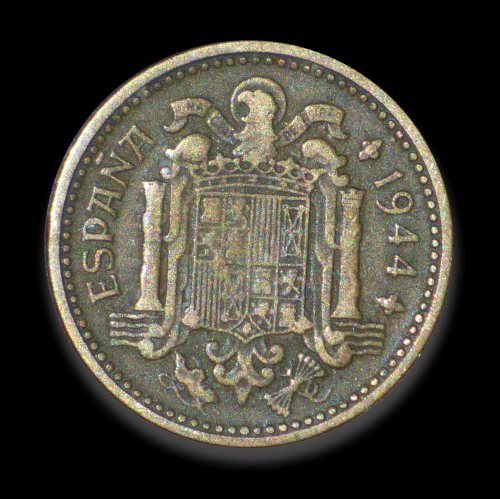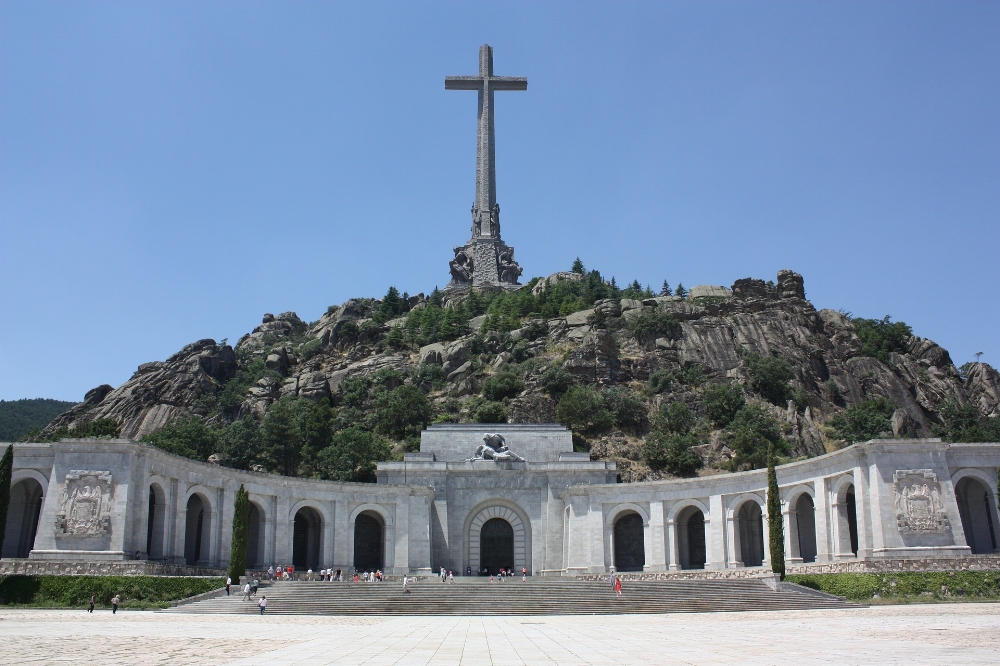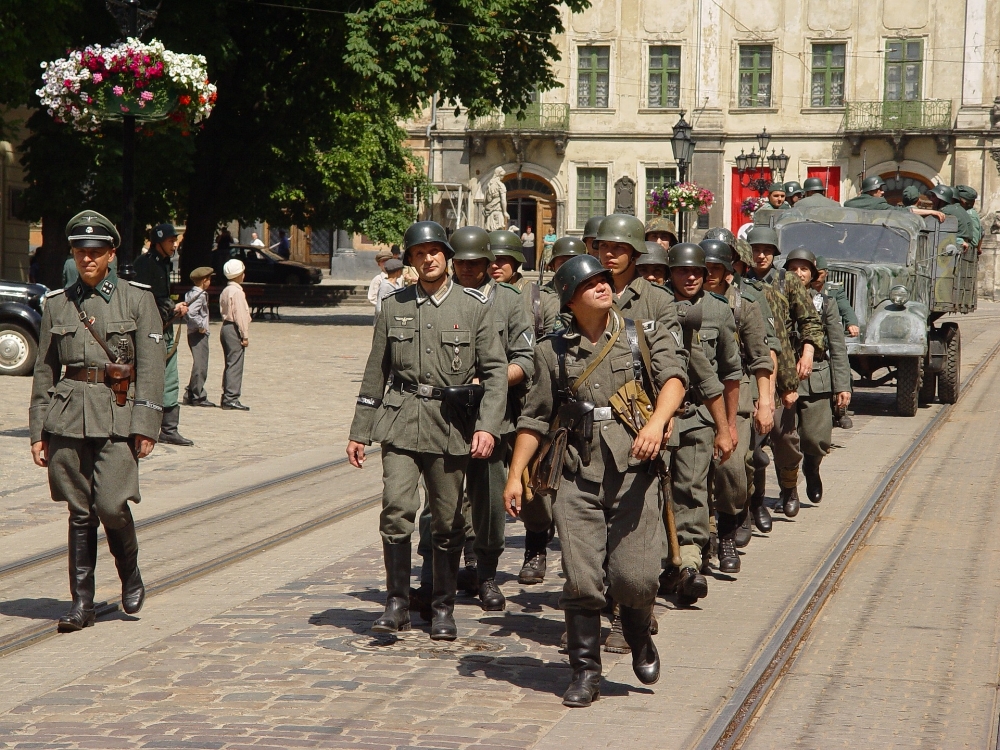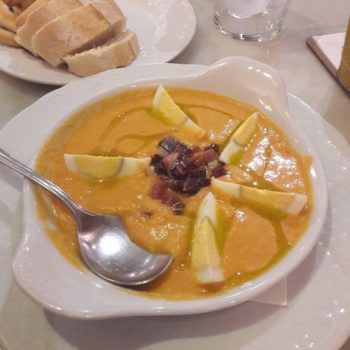
Who is Francisco Franco?
An Introduction to Francisco Franco
Today we are talking about one of the people who has most shaped Spanish history in the last 100 years. The role that General Franco has played is neither easy to explain nor understand as someone who has not lived through the time when he was most present in Spanish life. However, his mark remains here in Spain and, as anyone who has been here for awhile will tell you, it is important to have a basic understanding of who he is to understand the country and people as they are today. So bear with with me as we take a shallow dive into who he was and what Franco’s impact on Spain has been.
Disclaimer: Although I have happily mentioned Franco when I presented things like the Spanish political system or the Spanish Civil War, I think this is one of the hardest posts to get my head around. I have talked to countless people who both lived through (both happily and suffering) and seen the impact that this leader had on the country. My knowledge is not anywhere complete but I think it is so important that people around the world know who Franco was and the role he played in shaping modern history. My only goal is to skim the surface in a way that stimulates your curiosity enough to look for more information.

Who is he?
Francisco Franco Bahamonde was born in 1892 and died in 1975. For any Spaniard (or person with strong connections to Spain), the death of this military leader was a—if not the—changing point for Spain as we know it.
 As a young boy, Franco looked to follow in his family’s footsteps by becoming a naval military officer. However, due to the economic conditions in Spain at the time, the navy was put on hold and he was forced to become part of the army. He spent many of his younger years in the Spanish military in Morocco (where Spain has two autonomous cities) where he was significantly more organized and disciplined than his peers. He was considered a brilliant military mind and at age 33 Franco became the youngest military general in Europe. Like most determined people who have risen to power, Franco then fell from grace as his military-led government was voted out of rule and a republic took its place. It wasn’t until the uprising against this new government began that he was able to regain a role of power.
As a young boy, Franco looked to follow in his family’s footsteps by becoming a naval military officer. However, due to the economic conditions in Spain at the time, the navy was put on hold and he was forced to become part of the army. He spent many of his younger years in the Spanish military in Morocco (where Spain has two autonomous cities) where he was significantly more organized and disciplined than his peers. He was considered a brilliant military mind and at age 33 Franco became the youngest military general in Europe. Like most determined people who have risen to power, Franco then fell from grace as his military-led government was voted out of rule and a republic took its place. It wasn’t until the uprising against this new government began that he was able to regain a role of power.
Note: It is considered that, based on Franco’s values system, it was difficult for him to join this uprising. At the beginning of the coop, he believed it was his position to respect those who were in power. Until he had decided that the political system had deteriorated beyond repair, he stayed out of the fight.
What should you know about him?
Franco was politically conservative and led the nationalist party during the Spanish Civil War at the beginning of last century. This party was the rebel party and fought against the elected republicans (those who believed in a republic state and not one led by a king) that were currently in power. Although initially working from a place behind the scenes, it is believed that Franco was able to secure his place of power due to building ties with Nazi Germany and Fascist Italy. When the nationalist party won the war, Franco became the leader of the country.
Franco was the political leader in Spain from the end of the Civil War (1939) until his death at the end of 1975. His rule was that of a military dictatorship, valuing authority and order above most other traits. His state was one where many intellectuals and rebels were silenced before being heard and many others were afraid to speak and be heard by the wrong people—it is not uncommon to hear that you didn’t even speak politics within the family because you never knew where loyalty laid, even among brothers. Some of the social ways Franco worked to creating a unified state was by making Catholicism the only acceptable form of religion and working to rid Spain of cultural and linguistic deviations from the “true Spanish way” (banning Catalan, Basque, etc.).
Note: It is interesting to note that while Spain, ideologically speaking, can be likened to the axis powers, they remained neutral during the Second World War because they were fighting their own battles at home and Hitler wasn’t willing to deal with Franco’s high demands. It is estimated that Franco, however, did send 50,000 troops to support Hitler.
The results of Franco’s regime can be seen in all parts of Spanish life. The economic development was changed during the time of Franco and many consider that the rebuilding that many places began after the Second World War only began in Spain after 1975. The political world was given a 180º change as democracy was reintroduced, the first democratic elections were held in 1977, and the Constitution was written in 1978. It is also important to keep in mind that the impacts of this time can still be seen today, not only in the grandparents, but also the generation of people in their late 40’s and older. For example, I meet many people my age who are the first in their families to go to university because it was almost inconceivable for a ‘normal’ person to receive a higher education 40 years ago (where as my mother was able to get a scholarship to study abroad).
Believe it or not: I think it is important to share the fact that the United States supported Franco’s regime for many years during the Cold War as he allowed them to build military bases in Spain.
What are his ties to Spain and where can you find him?
Franco’s ties to Spain are obviously numerous and I would honestly say you can still find traces of him in everything from politics (yes, there are still politicians from his era in power) to economics to the choices people make today to move forward. His body currently rests at the Valley of the Fallen, a memorial established by Franco to honor those who died during the Spanish Civil War, many of whom are nameless and/or we don’t know where they truly lie. However, due to conflict around young fascists making pilgrimage to this site, they are considering moving his body elsewhere.
When he was in power, many physical attributions could be seen for him around the country (such as street names or statutes). It was thought that by placing these objects where they could be seen in daily life, somehow, legitimized the power of the regime and served as a reminder to the people. However, since Franco’s death these symbols have been mostly destroyed. Some that remain are:
-
Oviedo: where a bronze statue of Franco faces the park.
-
La Coruña: where several symbolic gestures to Franco remain.
-
Ferrol: In Franco’s hometown, the one public statue has now been moved to a military naval dockyard.
Many more indications of Franco can still be seen around the country (just last week, while on a road trip, some friends pointed out a statue that they believed to be linked to Franco’s rule). However, many people fight to remove these reminders of the dictator and the desire to leave the past where it lies.
Francisco Franco is such a delicate subject because his time in power really did impact every aspect of Spanish life. If you have any questions or comments, please don’t hesitate to leave them down below and we will try to understand the answers together.
Sources:
https://www.history.com/topics/world-war-ii/francisco-franco
https://www.biografiasyvidas.com/biografia/f/franco.htm (Spanish)




